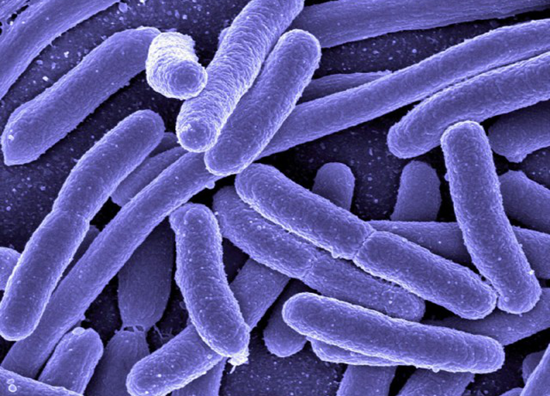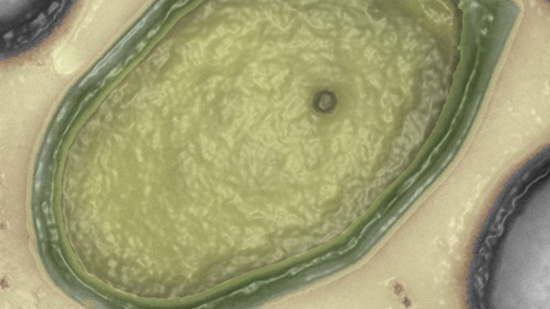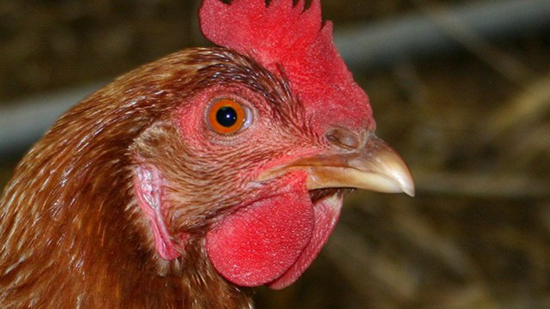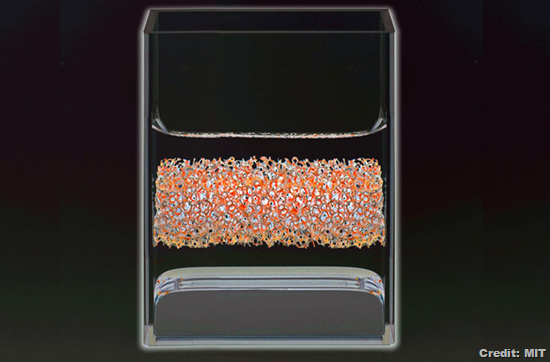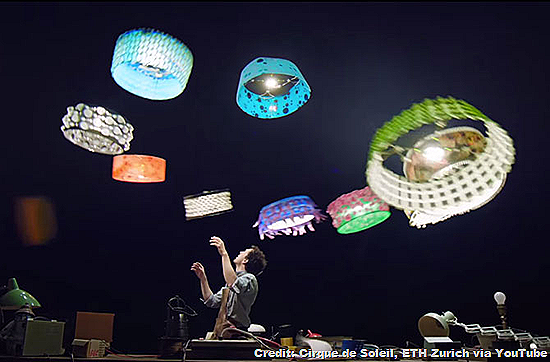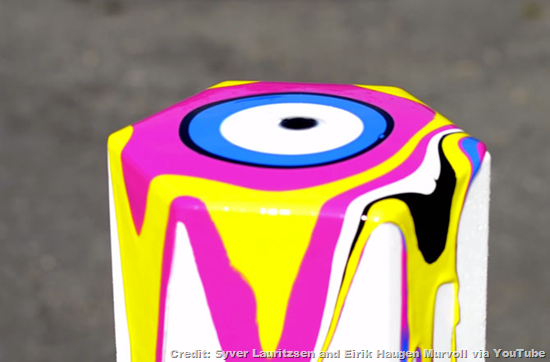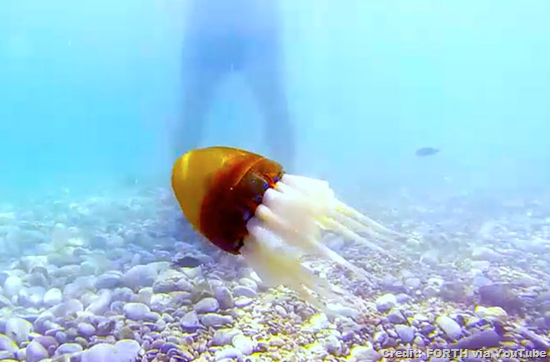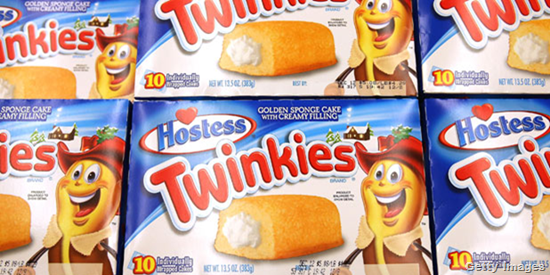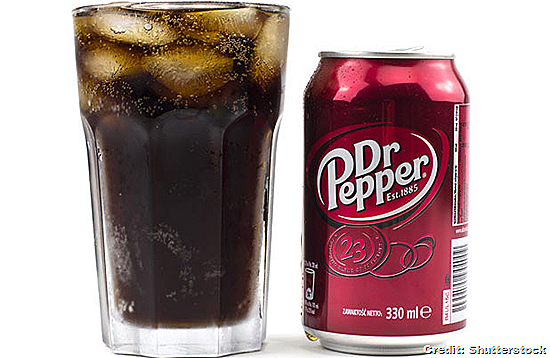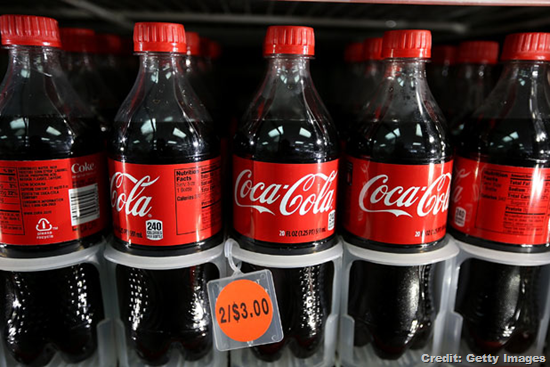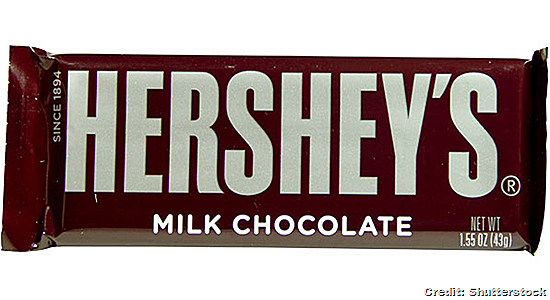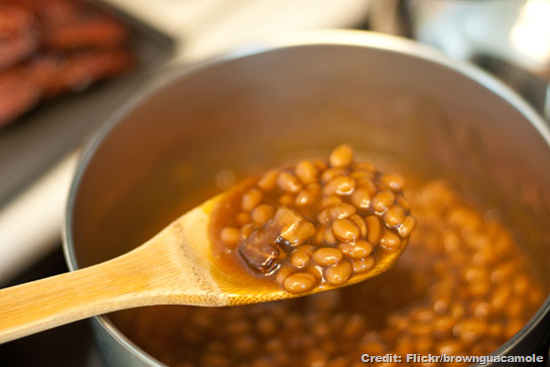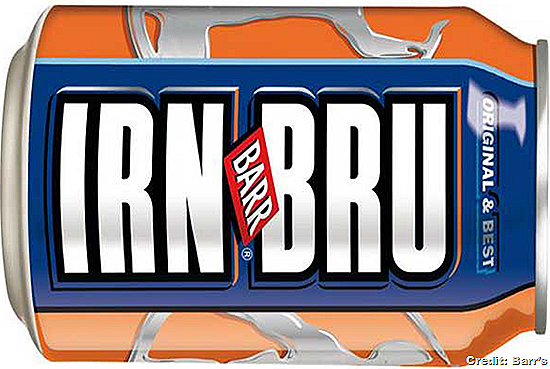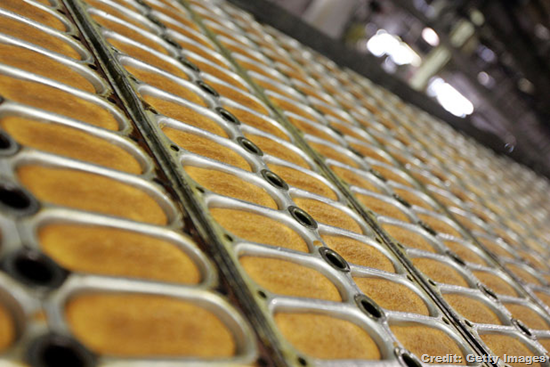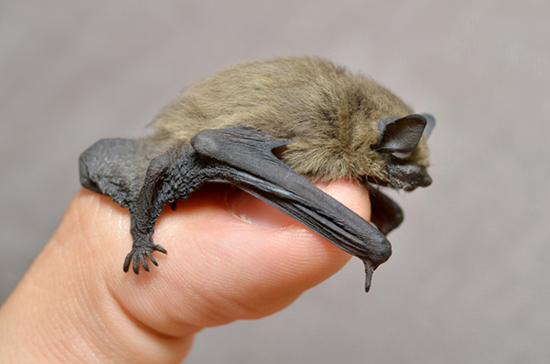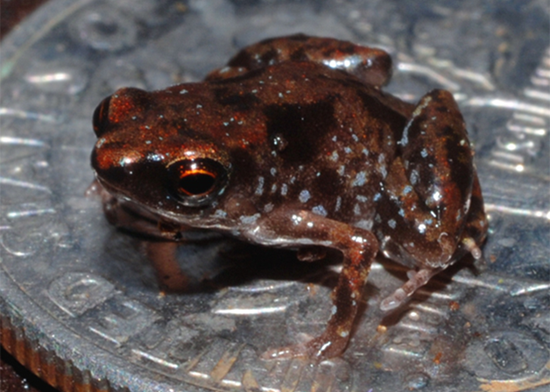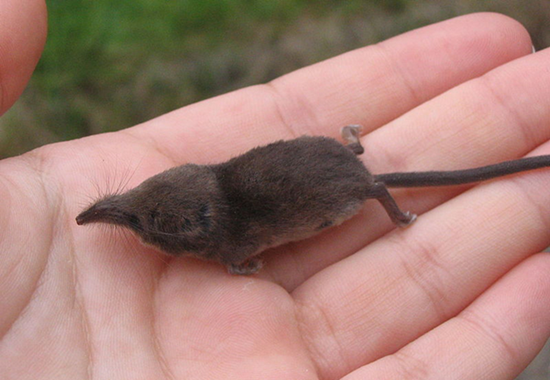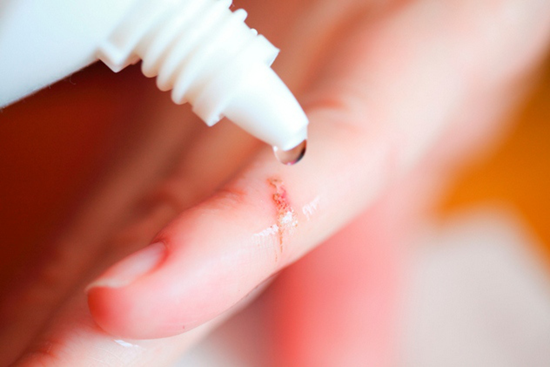
We tend to think of all the important scientific discoveries and theories (gravity, the speed of light, the infusion of cookie dough into ice cream) as things that happened a long time ago. But lots of new discoveries are being made every year, and they make us realize there’s still so much we don’t know.
10. Element 117
Unless you’re a chemistry major or a science geek, you probably don’t even remember half the elements of the periodic table taught to you in school. As a refresher, the number of protons an element has distinguishes it from others, so an atom with eight protons will always be oxygen. The heaviest element that can commonly be found in nature is element 92, uranium, and elements beyond that are mostly man-made. In 2010, element 117 was successfully created by a team of researchers, filling the void between elements 116 and 118.
Temporarily being called ununseptium, producing such a heavy element was no easy task. Not only does it need a lot of energy to create, but finding the right combination of elements to get a 117-proton element is also a huge problem. Heavier elements also appear to have shorter half-lives - element 118 only lasted a few milliseconds before decaying. But creating these heavy elements helps ever-curious scientists find out just how large can an atom go.
9. Electron’s Mass
Electrons are the negatively-charged particles that orbit a nucleus. They’re so small that accurately measuring their mass is no easy task. For years, scientists have been using the Committee on Data for Science and Technology’s recommended value, which was adopted in 2006.
But recently the mass has been measured at a more precise value of 0.000548579909067 of an atomic mass unit. Or to give you a better idea how small that is, about 9.1 x 10-31 kg. Yes, that’s 30 zeros after the decimal place. Although there’s little difference between the previously known mass and the new, more precise mass, it has a huge impact on various fields of science, especially particle physics.
8. From Skin to Liver
For years, scientists had been experimenting on transforming skin cells into cells of other organs. So far these experiments have fallen short because the cells produced were immature versions of the organ cells, but a new study found that it could be possible to produce mature liver cells from skin cells. The new liver cells were able to thrive on their own after being transplanted to mice that had been engineered with liver problems.
Scientists were able to make the experiment work by using skin cells at an intermediate state which have a potential to mature into working liver cells. Although the new liver cells aren’t 100% matured, tests done on mice with liver problems showed a potential that this experiment could work on humans in the future. This could help solve the huge problem of limited donor organ availability.
7. Nuclear Fusion
After decades of wait, we could finally be closer to achieving an unlimited source of energy without the threat of pollution, greenhouse gases and radioactive waste. This would be possible with nuclear fusion, a natural process in stars. Fusion happens when atoms fuse into each other and release energy. When a large quantity of atoms fuse, more energy capable of sustaining the process is released. This is called ignition, and it’s what’s needed for a fusion power plant. Scientists believe that it will take many more years before this could be achieved on a large scale, but recent tiny successes with fusion represent a huge milestone that could benefit future generations.
6. Breast Cancer Research
Breast cancer is one of the most common types of cancer in the world, affecting hundreds of thousand people in the United States alone. Recently, a study found a connection between cholesterol level and breast cancer. The study found that women with higher cholesterol levels have a higher risk of acquiring breast cancer.
But there may now be a drug that not only lowers your cholesterol, but can also treat your breast cancer. After an anti-cholesterol drug was injected in mice, proteins that cause tumours were exterminated. The drug was also effective in reducing the growth of breast cancer cells and can even kill the cells after it was administered to breast cancer cells outside the human body. Further tests are needed, but hopefully it’s a step in the right direction of fighting both high cholesterol and breast cancer.
5. Antibiotic-Resistant Bacteria’s Weakness
The world has been facing the ever-growing problem of antibiotic-resistant bacteria, which poses an enormous threat to public health because it renders some antibiotics useless. Antibiotics have been one of the keys that allow us to live longer by fighting bacteria that cause some of the most common infectious diseases. But some of these bacteria have adapted to create barriers against antibiotic drugs.
Scientists recently found a possible way to combat these walled bacteria by specifically attacking the walls instead of the bacteria itself, which just causes the organisms to find another defense. This gives us the chance to defeat these bacteria and ensure healthier lives.
4. New Domain of Life
In the past, living things were divided into two divisions: prokaryotes (single-celled organisms) and eukaryotes (multi-celled organisms, including us). The prokaryote division was then further divided into two more domains: bacteria and archaea. And for years we thought that all life on earth falls into these three categories.
But a fourth domain just might be added after scientists found two viruses in Chile and Australia bigger than anything found before. Pandoraviruses, named after the Greek figure, are so alien to us that only 7% of their genes match with all the previously known lineage in nature. The discovery of these viruses (which are harmless to us) show how little we still know about microscopic life here on Earth.
3. New State of Matter
Remember when the states of matter were just solid, liquid and gas? Then came plasma, then Bose-Einstein Condensate, and the list goes on. What could be a new state was recently discovered, and where else would it be found but in your favourite food, chicken. You might feel stupid and weird if you look closely into a chicken’s eye, but some researchers did just that and found the new state of matter known as “disordered hyperuniformity.”
It was named that because the cells found in a chicken’s retina appear to be arranged randomly, and yet at the same time appear to be somewhat uniform. The materials in this new state have the efficiency of crystals in the way the density of particles are kept consistent, and they also have the flexibility of liquid. The new discovery will be a great help in the development of light-transmitting devices since the cells found in the bird are light-sensitive.
2. Quantum Teleportation
Our lifelong dream of teleportation that we only see in sci-fi movies looks like it’s on the verge of becoming…well, not true, but a very distant possibility. Instant teleportation from the United States to Japan is still impossible, but what scientists achieved was spectacular enough. Physicists from the Netherlands were able to teleport quantum data regarding an electron’s spin state to another election located three meters away.
This achievement might be able to prove the existence of “quantum entanglement,” which Albert Einstein called “spooky action at a distance” and implies that our current understanding of quantum mechanics is wrong. This truly spooky action allows quantum data to be transferred from one point to another so fast that it should be even faster than the speed of light. Quantum teleportation could be the key to quantum computing, which could give us ground-breaking computing power.
1. Deep Ocean
Our planet is already full of water, covering roughly 71% of our surface. But a new ocean, possibly bigger than all the other oceans combined, could be sitting right underneath us. Evidence suggests that some water became trapped in ringwoodites, a mineral with a sponge-like ability to absorb water, deep below in the mantle. This new discovery could help answer the question on where the water of our planet’s oceans come from. It’s believed that tectonic plate movements cycle the water from beneath the earth, out to the surface, and back.
Top image: Electron microscopy image of a Pandoravirus particle (edited using Adobe Photoshop artistic filters). Credit: Image courtesy of Chantal Abergel/Jean-Michel Claverie, via Inside Science.





